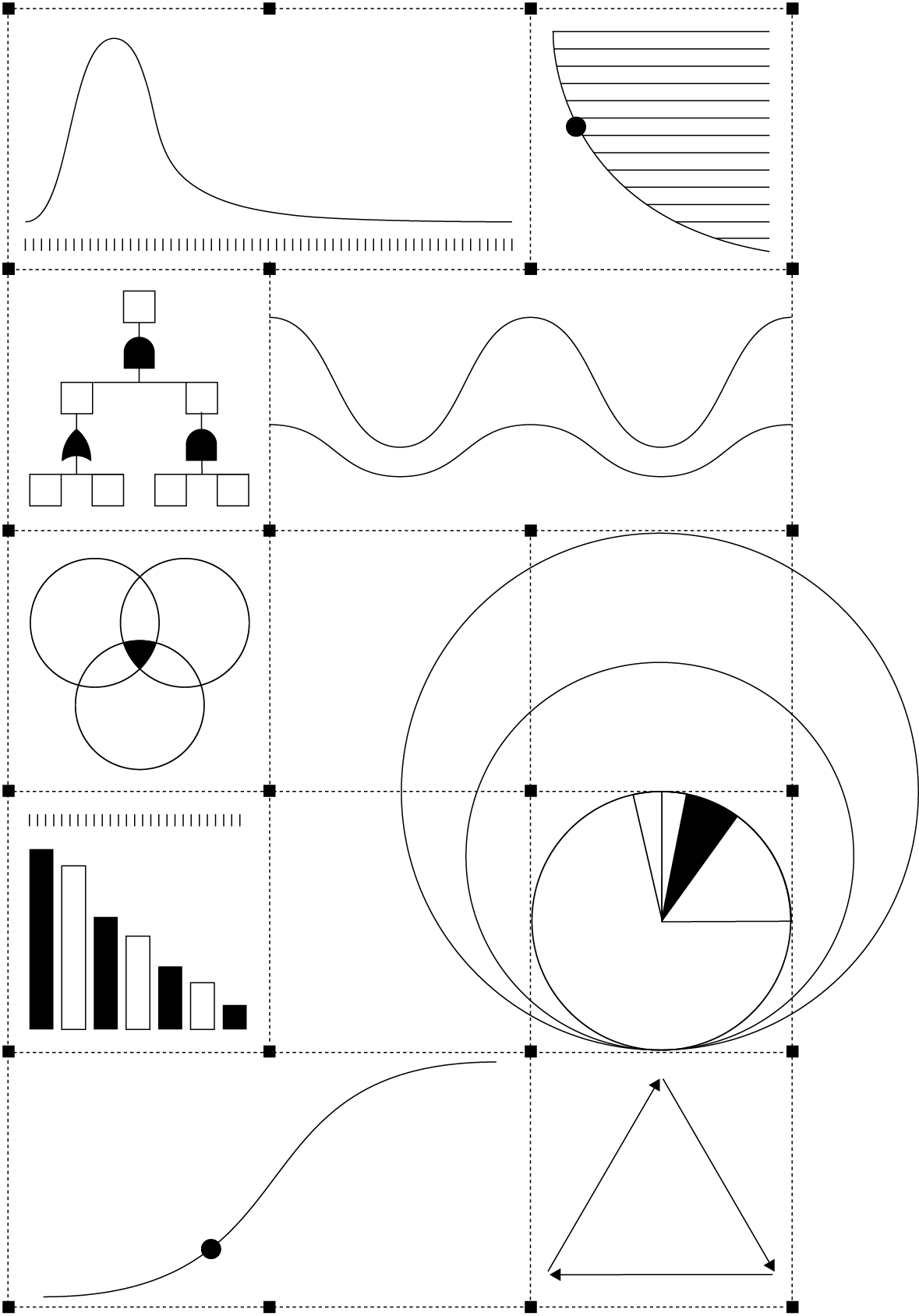
Protecting Science, Patients,
& Progress
From research labs to clinical trial sites to global distribution networks, Holtium helps life sciences and healthcare organizations secure the innovation pipeline, protect patient safety, and navigate stringent regulatory environments. Our solutions align physical and digital security with enterprise risk, enabling resilience across R&D, manufacturing, and care delivery while protecting the integrity of every breakthrough.
.
Industry at a Glance
$200B to $431B in Global Trade
Estimated annual market for counterfeit drugs, exposing critical vulnerabilities across the pharmaceutical supply chain.
$2.6B Average Drug Development Cost
Bringing a new drug to market takes 10–15 years and billions in R&D, highlighting the critical need to safeguard innovation across the pharmaceutical lifecycle.
$167B in Pharma R&D Spending
In 2022, the top 50 pharmaceutical companies invested heavily in R&D, underscoring the scale of assets that require protection across the innovation pipeline.
Business Risk from a Physical Security Lens
Product Integrity & Supply Chain Security
As product integrity becomes increasingly tied to patient safety and brand trust, organizations face mounting pressure to implement safeguards and maintain regulatory compliance across every link of the supply chain. Vulnerable supply chains continue to drive significant financial loss and patient risk. In 2024, pharmaceutical cargo theft accounted for an estimated $1.2 billion in global losses, with stolen goods ranging from everyday vitamins to high-value therapeutics. These incidents highlight ongoing vulnerabilities across R&D, manufacturing, and distribution channels.
Growth, Expansion & Operational Readiness
In the pharmaceutical sector, 70% of executives cite post-merger integration as a leading operational risk, with particular concern around physical security and access control. As organizations scale through new facilities, R&D investments, and acquisitions, fragmented security practices can delay readiness, increase exposure, and weaken organizational resilience. These challenges highlight the importance of aligning security governance with business growth to provide continuity, protect critical assets, and support accelerated expansion.
Regulatory Compliance & Risk Governance
As of FY2023, the FDA monitored 4,819 drug manufacturing sites worldwide, a 14% increase over five years, with 42% based in the United States. This expansion reflects the growing complexity of regulatory oversight and the increased pressure on organizations to meet cGMP, GLP, GCP, HIPAA, OSHA, and SOC 2 requirements. These conditions reveal the need for structured physical security controls that can support audit readiness, reduce regulatory risk, and align operational practices with enterprise governance standards.
Clinical Research & Intellectual Property Protection
The rapid growth of decentralized clinical trials (DCT) is reshaping research infrastructure and expanding the physical and digital surfaces vulnerable to disruption. With the DCT market projected to reach $38.2 billion by 2034, organizations face rising exposure to data breaches, cold-chain failures, and risks to the stability and security of trial medications. As trials shift beyond traditional sites, the need to secure sponsor locations, CROs, and research partners has become critical to maintaining compliance, protecting intellectual property, and sustaining competitive advantage.
Information Systems & Physical Access Governance
In 2024, the FDA reported that 75% of generic drug approval delays were tied to data integrity issues, while espionage-driven cyberattacks in healthcare rose from 1% to 16%, signaling heightened threats to proprietary data. These trends expose serious gaps in securing clinical, manufacturing, and regulatory systems. As expectations grow, organizations must strengthen access governance to protect sensitive data, reinforce GxP compliance, and safeguard connected infrastructure.
Personnel Safety
According to OSHA, healthcare workers account for over 70% of all workplace violence incidents in the U.S. private sector and are five times more likely to be assaulted than workers in other industries. Reports show that more than two nurses are physically attacked every hour, highlighting the persistent risks facing frontline staff. These figures reveal critical gaps in workforce protection and reinforce the need for proactive safety measures, secure access controls, and incident response protocols that prioritize employee well-being and operational continuity.
Where We Add Impact
Implement Corporate
Security Governance
We align security strategy with clinical, operational, and regulatory objectives across biotech, medtech, pharmaceutical, and healthcare organizations. Our approach clarifies risk exposure, optimizes investment, and calibrates protection measures across labs, facilities, trial sites, and digital ecosystems.
Power Continuous Risk
and Security Analytics
Our frameworks integrate with advanced technologies and compliance systems to deliver dynamic insights. This enables organizations to model threats, assess vulnerabilities, validate controls, and adapt strategies in response to shifting regulatory standards and operational demands.
Enable Executive-Level
Insight and Action
We equip life sciences and healthcare leaders with actionable visibility into the business, safety, and reputational impacts of security risk. Our models help prioritize what to mitigate, what to monitor, and where to invest in security to support patient care, R&D continuity, and regulatory compliance.
Scale with Growth and
Operational Complexity
As organizations grow through clinical expansion, digital health initiatives, mergers, or global market entry, we enable security programs to scale in step. Our approach enables secure integration of new assets, alignment with evolving regulatory landscapes, and resilience across increasingly complex operational environments.
